January/February 2025 Our Ohio
This issue of Our Ohio explores all aspects of the value of your Farm Bureau membership.
Read MoreA proactive approach to water quality in Ohio is getting results without burdensome regulations
Much of Ohio Farm Bureau’s advocacy work deals with legislation, litigation and regulation that impacts the work farmers do day in and day out.
But occasionally, that advocacy work stretches beyond an individual piece of legislation and becomes a broader conversation that all citizens want to weigh in on.
Animal care is an example of an issue where in 2009 citizens voted to create the Ohio Livestock Care Standards Board as a way to validate proper animal care methods. Water quality is another similar issue where the public rightly has questions about what agriculture is doing to protect this essential resource.
This is what we mean by “shaping policy” in Ohio Farm Bureau’s value proposition. In short, shaping policy is the work members do every day through their organization to create a climate where their businesses can prosper.
Ohio Farm Bureau began investing in water quality 25 years ago and has continued to work with other ag organizations, environmental groups and government agencies to identify and implement practices that protect water quality.
Now, as Farm Bureau leaders look toward the future, they’re working to secure stable, long-term funding to maintain and expand the state’s clean water efforts.
“We’re hoping that momentum will keep going,” said Jordan Hoewischer, director of water quality and research for the Ohio Farm Bureau Federation. “We want to build on a voluntary, incentive-driven program with partners that will work together to improve water quality instead of unfunded, costly mandates on farmers.”
In 2013, Ohio Farm Bureau established the Healthy Water Ohio initiative, Hoewischer explained. That effort brought together more than 200 individuals representing ag industry organizations and businesses as well as municipalities and environmental groups to develop strategies for addressing the state’s water quality concerns. The Healthy Water Ohio coalition recognized the need for an overarching method for funding water quality projects in Ohio.
Gov. Mike DeWine and the Ohio General Assembly shared the coalition’s commitment to water quality and carried forward the coordinated strategy. The H2Ohio program was launched in 2020 and is funded with state budget dollars.
Since its inception, farmers have enrolled 35% of the farmland in the Western Lake Erie Basin in H2Ohio programs. That’s a good participation rate for a voluntary program, Hoewischer pointed out.
“It really shows that when there are logical projects that come to the table, farmers will engage heavily in them, bypassing the need to regulate farmer adoption of those practices,” Hoewischer said.
In 2024, program funding was extended across the state to help farmers write voluntary nutrient management plans.
In addition to the agricultural programs, H2Ohio includes parallel programs to increase access to clean drinking water, restore wetlands and plant buffers along rivers and drainage channels.
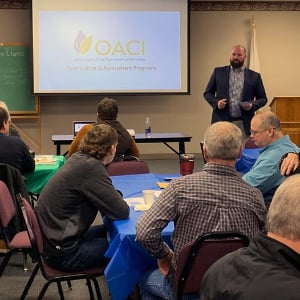
Other projects are helping improve water quality as well. Over the years, Ohio Farm Bureau
has spearheaded and supported a variety of water quality projects such as the Blanchard River Demonstration Farms Network, which is helping researchers and farmers determine which conservation practices and tools work best for reducing nutrient and sediment loss.
The organization was also one of the founding members of the Ohio Agricultural Conservation Initiative, which offers resources and education that farmers need to proactively employ modern, science-based practices on their farms and better demonstrate how those efforts are improving water quality over time. Additionally, the fertilizer industry created the 4R Nutrient Stewardship Certification Program.
The combination of efforts is showing results, said Hoewischer. “We’re finally seeing, after 10 years or so, a pattern of phosphorus reduction going into Lake Erie.”
That progress wouldn’t have happened without the combined efforts of farmers and ag organizations along with municipalities, businesses, environmental groups and government agencies. Such cooperation doesn’t happen everywhere.
“It’s something that we’re used to doing in Ohio, but some other states are surprised that we have such good relationships,” he added.
Key points
What to do next
Call or visit your county Soil & Water Conservation District office to learn more about what water quality programs are available in your area.
1999 | Established the first-of-its-kind Department of Agricultural Ecology to build relationships with diverse groups across the spectrum, which was necessary to address environmental issues.
1999 | Hired Dr. Larry Antosch to lead the watershed education efforts. Antosch worked at the Ohio Environmental Protection Agency where his specialty was nonpoint source pollution.
2014 | Created Healthy Water Ohio coalition whose objective was crafting a 20- to 30-year resource management and sustainability plan for all of Ohio’s water resources.
2015 | Blanchard River Demonstration Farm Network was created. This partnership between Ohio Farm Bureau and USDA-NRCS has seen more than 1,000 stakeholders and influencers tour the farms to see conservation practices in use.
2015 | Supported and refined Senate Bill 1, which prohibits nutrient applications on frozen, snow-covered and saturated fields in the Western Lake Erie Basin and Senate Bill 150, the state’s fertilizer applicator certification program.
2019 | Helped create the Ohio Agricultural Conservation Initiative, which now has over 2,000 farmers and 1 million acres enrolled. OACI helps H2Ohio funding flow directly to farmers. Only farmers who have taken part in OACI’s certification program, which helps farmers take conservation programs to the next level, are qualified to receive dollars to implement H2Ohio water quality practices.
2019 – PRESENT | Advocates for the state of Ohio’s H2Ohio program
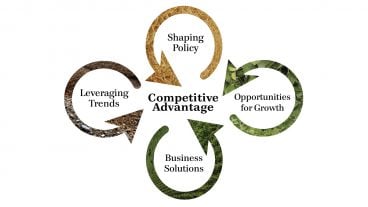
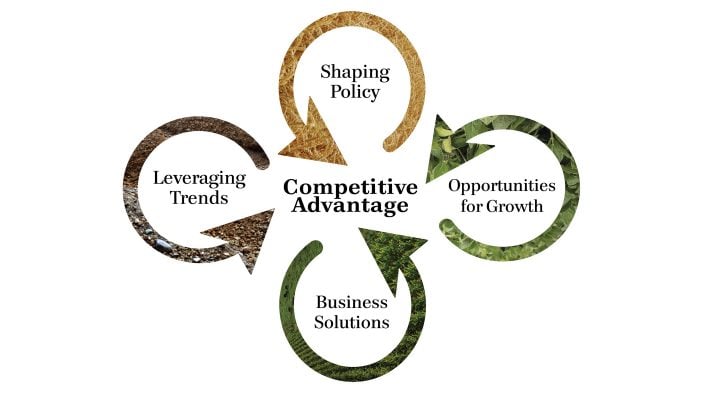
This issue of Our Ohio explores all aspects of the value of your Farm Bureau membership.
Read More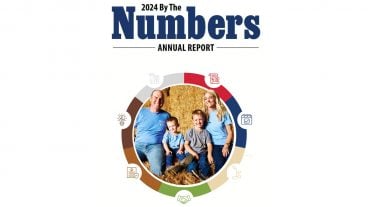
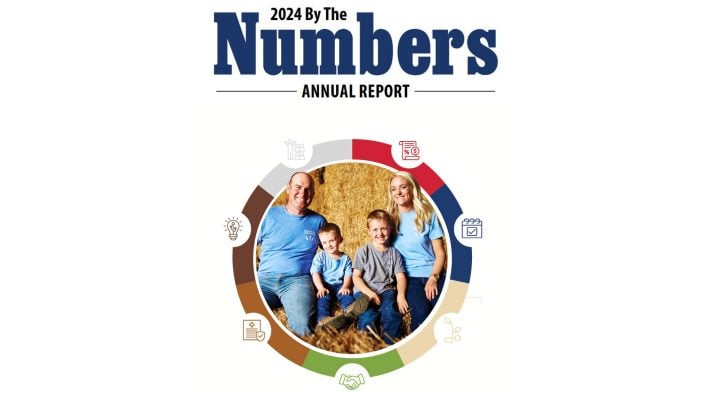
Here are some of the public policy achievements and member programs that deliver value for you.
Read More

Ohio Farm Bureau offers several member exclusive publications and tools to help keep farmers and landowners up to date on trends and market intel, providing members with a competitive advantage.
Read More
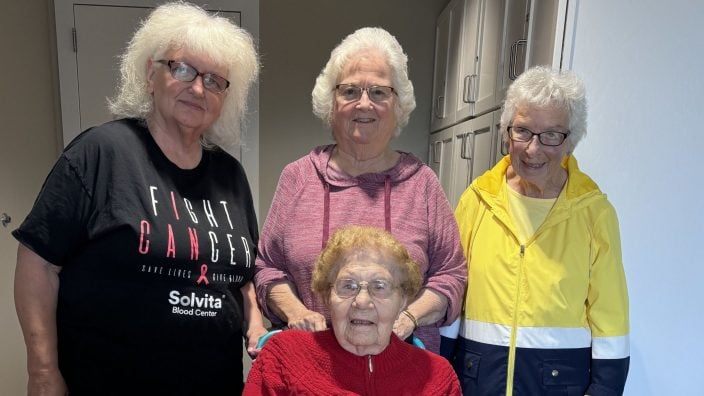
Affectionately known as the Golden Girls, they were there, and sometimes still are, as the backbone of the organization – making cookies and making plans to keep “community” in the farming.
Read More
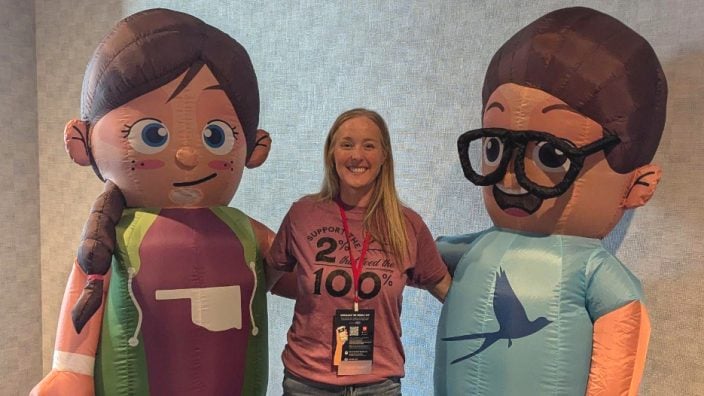
Ohio’s National Ag in the Classroom Conference Educator Scholarship is made possible through the Ohio Farm Bureau Foundation Patterson Family Ag Literacy Fund.
Read More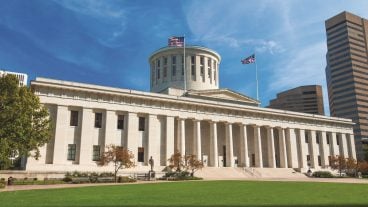
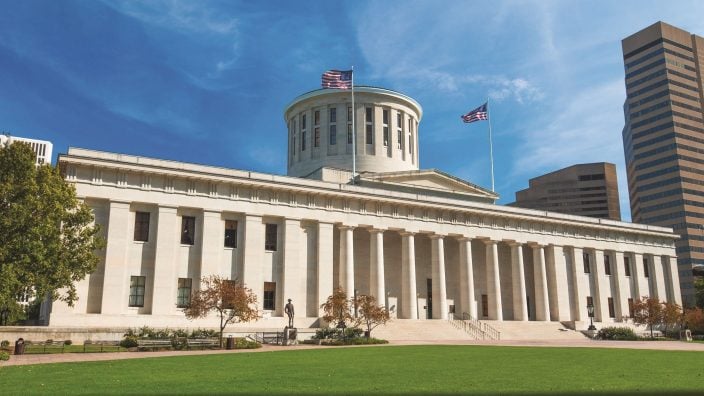
Ohio Farm Bureau experts can discuss everything from CAUV to pipeline leases to landowner fence line disputes.
Read More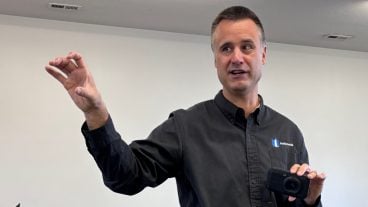
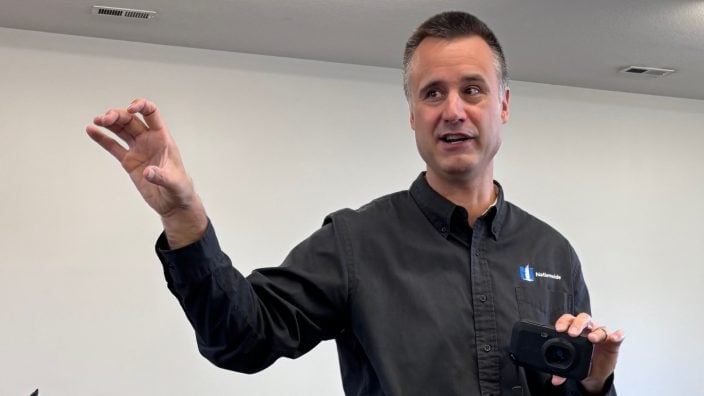
With an eye toward reducing the estimated 20,000 yearly agricultural fires in the United States, Nationwide and Ohio Farm Bureau Federation are offering members access to thermal imaging cameras.
Read More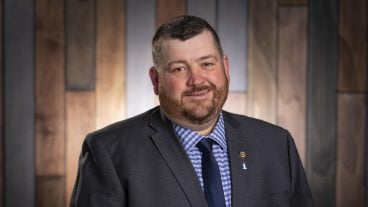
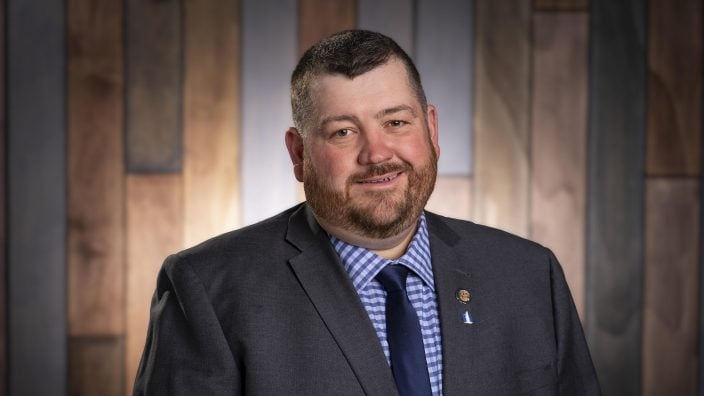
Nathan Brown of Highland County is the new Ohio Farm Bureau Foundation board president.
Read More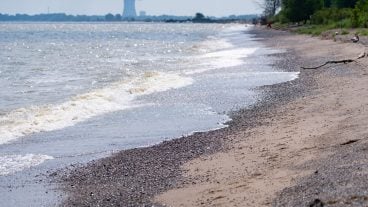
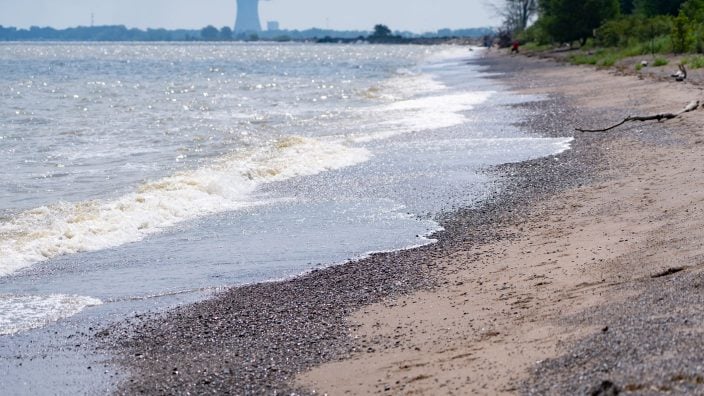
A proactive approach to water quality in Ohio is getting results without burdensome regulations.
Read More

Overcoming this stigma falls upon the shoulders of family, friends, loved ones and the broader community—and it begins with open and honest communication.
Read More